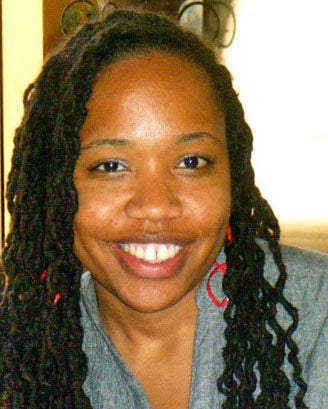

Songs of Survival: Middle Passage and Slavery

Upon arrival she quickly recognizes a small pox epidemic at one of the contraband camps. Working with Samuel Diggs and Mary Phinney, Charlotte establishes a small pox quarantine tent for sick contraband. In Balm in Gilead, Charlotte Jenkins, a former slave turned activist, arrives in Alexandria to help the growing population of “contrabands” make the transition to freedom. Singing in Slavery: Songs of Survival, Songs of Freedom In this blog post, Berry examines how song was used by slaves to both communicate and express feeling in the moment, as well as and pass history down through generations.

She also co-hosts Genealogy Roadshow on PBS. A native of Detroit, Berry graduated from Bates Academy, Cass Technical High School, Michigan State University and Thomas M. She began her genealogical journey while in law school and studying at the State Library of Michigan in Lansing. Berry is genealogist and lawyer with more than 15 years of experience in genealogical research and writing. Mustakeem offers provocative new insights into how gender, health, age, illness, and medical treatment intersected with trauma and violence transformed human beings into the world's most commercially sought commodity for over four centuries.Editor's Note: PBS has partnered with historians and experts to bring fans the Mercy Street Revealed blog. Mustakeem relates how this process, and related power struggles, played out not just for adult men, but also for women, children, teens, infants, nursing mothers, the elderly, diseased, ailing, and dying. As she shows, crewmen manufactured captives through enforced dependency, relentless cycles of physical, psychological terror, and pain that led to the the making-and unmaking-of enslaved Africans held and transported onboard slave ships. Mining ship logs, records and personal documents, Mustakeem teases out the social histories produced between those on traveling ships: slaves, captains, sailors, and surgeons. Sowande' Mustakeem's groundbreaking study goes inside the Atlantic slave trade to explore the social conditions and human costs embedded in the world of maritime slavery. Expanding the gaze even more deeply, the book centers how the oceanic transport of human cargoes-infamously known as the Middle Passage-comprised a violently regulated process foundational to the institution of bondage. This book reveals for the first time how it took critical shape at sea. Most times left solely within the confine of plantation narratives, slavery was far from a land-based phenomenon.


 0 kommentar(er)
0 kommentar(er)
